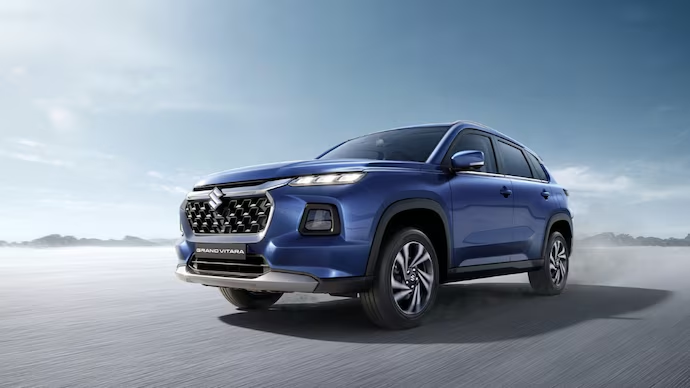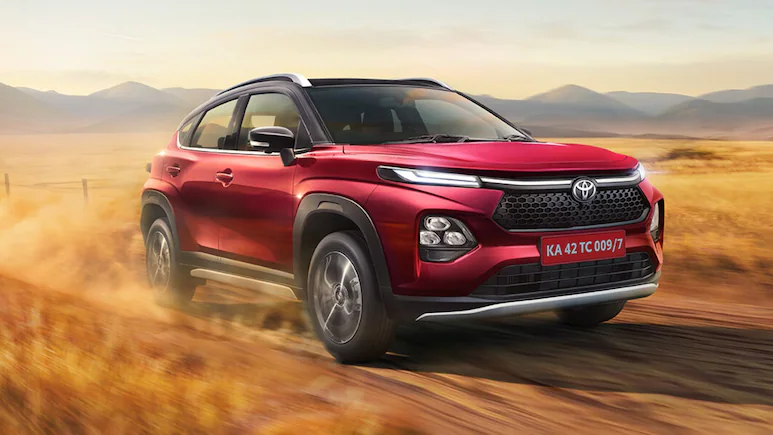Photo for representation
An Indian auto delegation yet to leave for China is delaying urgent discussions aimed at securing rare-earth magnets, a critical component in electric vehicles and other technologies. The delay, due to a lack of formal approval from Beijing’s commerce ministry, threatens to worsen the supply crunch facing India’s automobile industry.
Business Impasse Threatens EV Ambitions
According to the Mint, the postponed visit involves 40–50 senior executives from auto OEMs and component manufacturers. Despite having visas approved last month, the delegation remains grounded with no meeting date confirmed. Industry sources warn that without talks and magnet shipments, production bottlenecks for electric vehicles, hybrids, and conventional cars may begin as early as July.
Rare-earth magnets—mainly composed of elements like samarium, neodymium, and dysprosium—are essential for permanent magnet synchronous motors used in EVs, electric power steering, braking systems, and wind turbines. China controls over 90% of the global processing capacity for these magnets and recently imposed stringent export licences, citing security and trade considerations.
Struggling Under Chinese Curbs
India sourced over 80% of its rare-earth magnet imports from China last fiscal, drawing 540 tonnes. But since export restrictions came into effect in April, no shipments have arrived, despite the Indian side endorsing nearly 30 import applications by May. Without China’s approvals, enterprises are left in limbo.
Responding to the crisis, the auto industry urged government intervention and sought expedited processing. The delay is being seen as a strategic lever by China, coinciding with diplomatic visits to India, including those by the nation’s Defence Minister. India is now considering alternative sources, domestic stockpiling, and stricter supply assurance mechanisms.
Early Signs of Production Impact
Warning signs are already emerging. Leading automaker Maruti Suzuki has reduced its electric vehicle production plans, cutting output of its e‑Vitara model from an initial 26,000 units to roughly 8,000 by September. Analysts at Crisil Ratings have cautioned that magnet inventory held by firms will run out soon, risking disruption to multiple production lines, including hybrids and ICE vehicles.
Tata Motors, however, has taken a more optimistic stance. Chairman N. Chandrasekaran confirmed that the company has sufficient magnet inventory for the near term and is exploring alternative supply routes while collaborating with government officials.
Building Domestic Capacity
In parallel with diplomatic efforts, India has accelerated plans to develop domestic rare-earth magnet capacity. Earlier this month, Minister Piyush Goyal confirmed that the government is working with academia and industry to establish facilities for refining and manufacturing magnets domestically. A national seven-year plan is being implemented, including incentives and subsidies to reduce dependence on Chinese imports.
The state-run Indian Rare Earths Limited (IREL) is being urged to halt exports to Japan, redirecting resources for domestic usage. Meanwhile, India plans to build strategic stockpiles and provide export-linked incentives to encourage private sector participation.
Navigating an Uncertain Path
The ongoing delay in the auto delegation’s China visit is emblematic of broader strategic tensions. Industry experts warn that if approvals remain stalled, India may miss a crucial timeline in its EV transition, undermining the drive to reduce oil dependence and meet climate targets.
Yet risks also lie in being overly reliant on China. Experts say the current scenario underscores the necessity of supply diversification—not just through domestic manufacturing but via friendly partnerships with other rare-earth exporters and innovation in magnet-free motor technologies.
What This Means for the Auto Sector
For now, India’s auto manufacturers face a precarious balance. Diplomatic urgency must be matched by decisive policy action to mitigate short‑term shortages. Without access to vital magnet imports or rapid deployment of domestic capacity, the country’s clean mobility goals risk derailment.
As July approaches, stakeholders—including SIAM and ministry officials—are reportedly pushing for a breakthrough. Whether China grants the necessary export licences in time remains uncertain. Meanwhile, Indian firms must prepare for a future where critical supplies may no longer arrive on demand—but rather be the product of strategic foresight and supply chain resilience.
For more stories click here
Follow us for latest updates:




